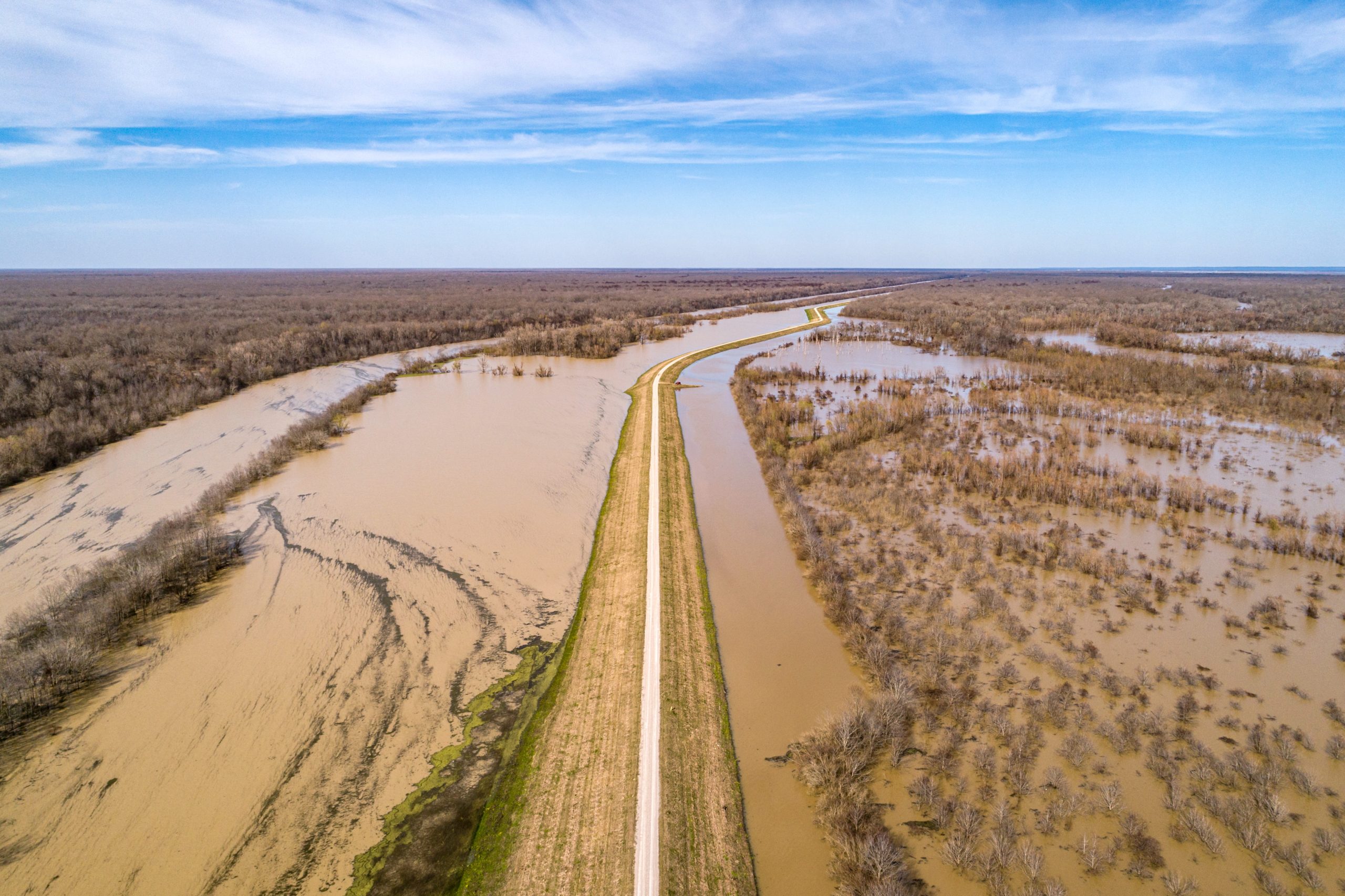It is hard to deny that weather-related natural disasters are increasingly affecting our communities and the built environment. You just need to watch the front page news stories. Most of us can also agree there is an urgent need for climate action with projects to improve resilience to climate change events. Projects also need to provide adaptation for the long-term effects of climate change. Fortunately, much-needed funding for climate resiliency has recently been approved in Washington DC. PPPs can be part of the solution as a very useful tool to accelerate delivery of these projects and attract private sector investments.
PPPs can offer speed of delivery through procurement streamlining and provide single source responsibility with the necessary integrated program management. By their nature PPP projects provide long term solutions that include a commitment for guaranteed operations and maintenance. The PPP can structure and offer project financing, as well as life cycle asset management. Finally, the impacts of climate change require innovative and flexible solutions. PPPs provide these innovative solutions and also can be structured to allow contractual and commercial flexibility to changes over time.
There are some particular considerations unique for developing and implementing climate resilience PPPs. These items often include such things as the following:
- TECHNICAL – In the past, designers looked at historical storm frequencies to design projects. For climate resilience projects, we need to address what is likely to happen in the future from climate risks. For example, the public and private sectors need to agree to the best available science and modeling as the foundation for the PPP so that everybody has the same baseline.
- FUNDING AND FINANCING – Climate resilience PPPs generally don’t generate income, and therefore the beneficiaries of these project outcomes should be asked to contribute financially. For example, a value assessment could be assigned to the resulting damage prevention and/or any reduction of impacts to economic activity. That value can then be captured through fees or taxes to provide funding for the project.
- LEGAL AND REGULATORY – As in any PPP, policy, legal, and regulatory support should be in place to make sure there are no roadblocks. For example, if a flood control effort requires relocation of populations and the taking of land in a flood zone, the government needs the power to do that. In addition if a benefit assessment is to be imposed, the laws must enable that as well.
- ENVIRONMENTAL AND SOCIAL – Most international grants, loans and financing, come with specific goals and guidelines for environmental and social issues in order obtain those institutions’ participation. One example is the impact from the project on underserved communities required to relocate should be fair and equitable. A project analysis should assess the risk associated with environmental and social issues as well as the benefits.
- COMMERICAL STRUCTURING – The PPP commercial structuring and delivery model should carefully define “force majeure” events which typically would include severe weather conditions. Of course, in the case of Climate Resilience PPPs accounting for unusually severe weather is often the purpose of the project. Therefore force majeure must be redefined. Risk fluctuations due to climate change over the course of the project should also be anticipated in the agreements.
Use of PPPs can be an effective method to help resolve the impacts of climate change through providing needed resiliency and adaptation infrastructure projects. PPPs can offer accelerated delivery, life cycle management, innovative financing and creative solutions. However, they are not appropriate in every situation and require a careful suitability analysis as described in the my recent post Should You Use a Public-Private Partnership (PPP)?



Leave A Comment